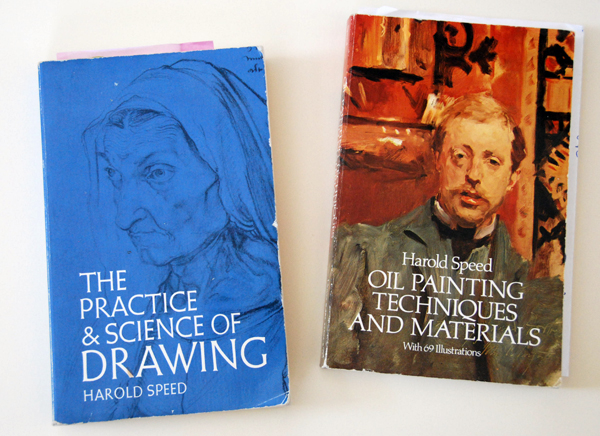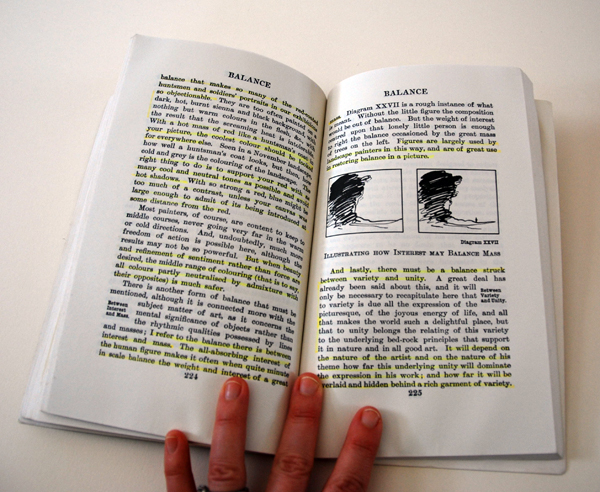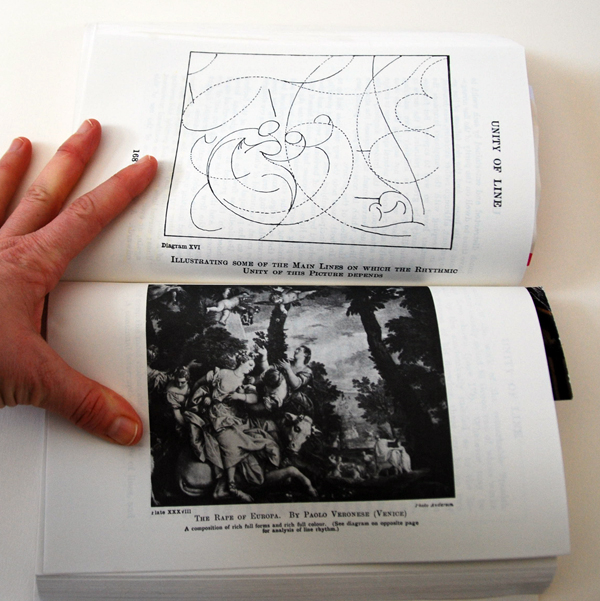The Practice and Science of Drawing by Harold Speed

The Practice and Science of Drawing by Harold Speed
This was my first “technique” book I ever read when I was still working as an architect. During that time, I would use my lunch breaks to read through this book as a way to still pursue my goal of switching my career to fine art.
What I love about this book is that it is rich in the ideas it presents.
Be it the introduction chapter that covers what it means to create art and why it means something to us, or the following chapters that focus on the different aspects of drawing and how drawing differs from painting.
This book offers an in-depth analysis of the different ways to draw {either line or mass dominates}. Then once you have a firm grasp of these two methodologies, the rest of the book is dedicated to Harold Speed’s term for composition, rhythm.
“the word rhythm is here used to signify the power possessed by lines, tone, and colors, by their ordering and arrangement, to affect us…” (pg. 127)
Almost half of the book is dedicated to learning and understanding how to employ rhythm in your work to maximum effect. There are several diagrams analyzing existing paintings to further explain his point of view.
This section of the book is one of the best on composition that I have ever read, in fact I think I should go back and re-read that part…
...........................................

The Practice and Science of Drawing by Harold Speed







